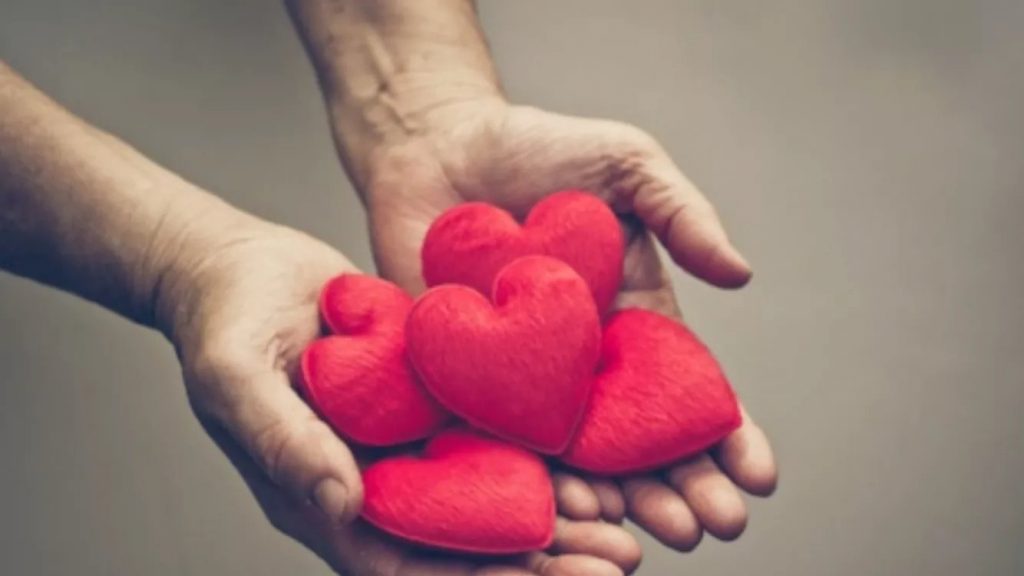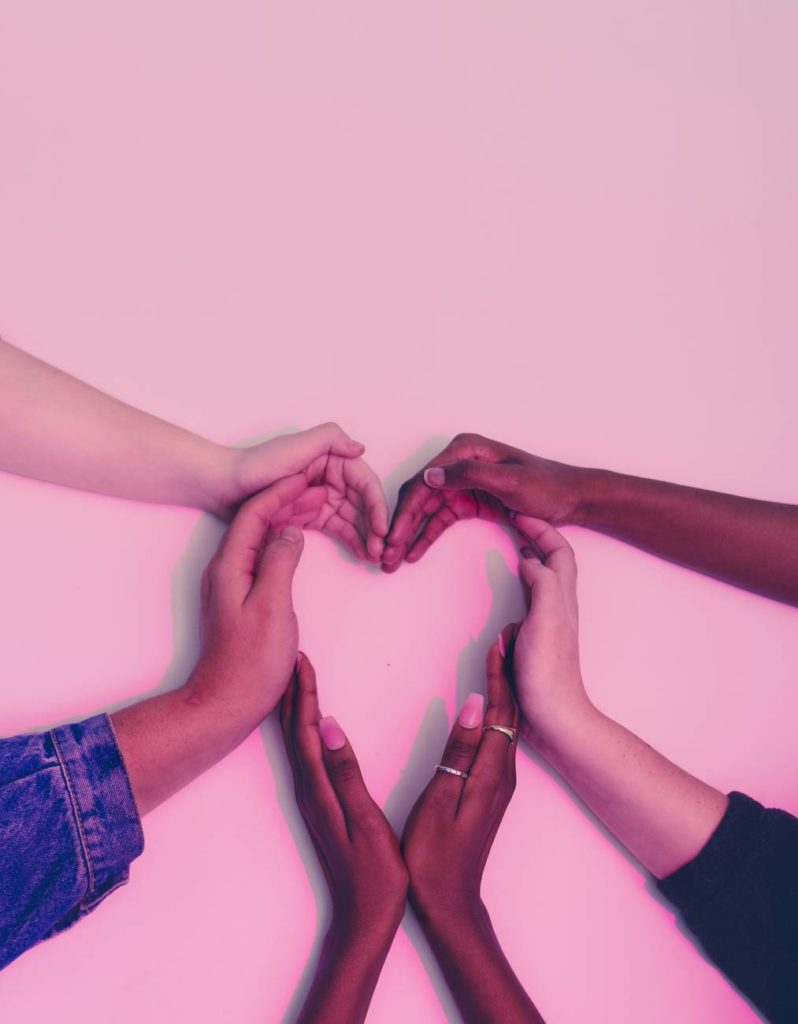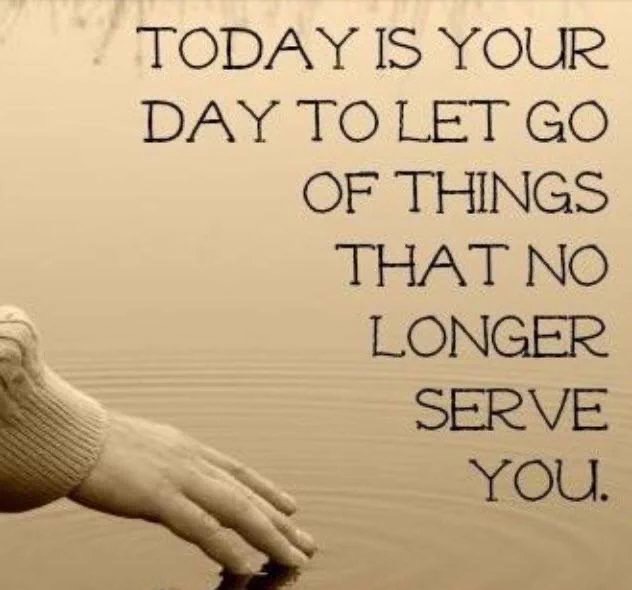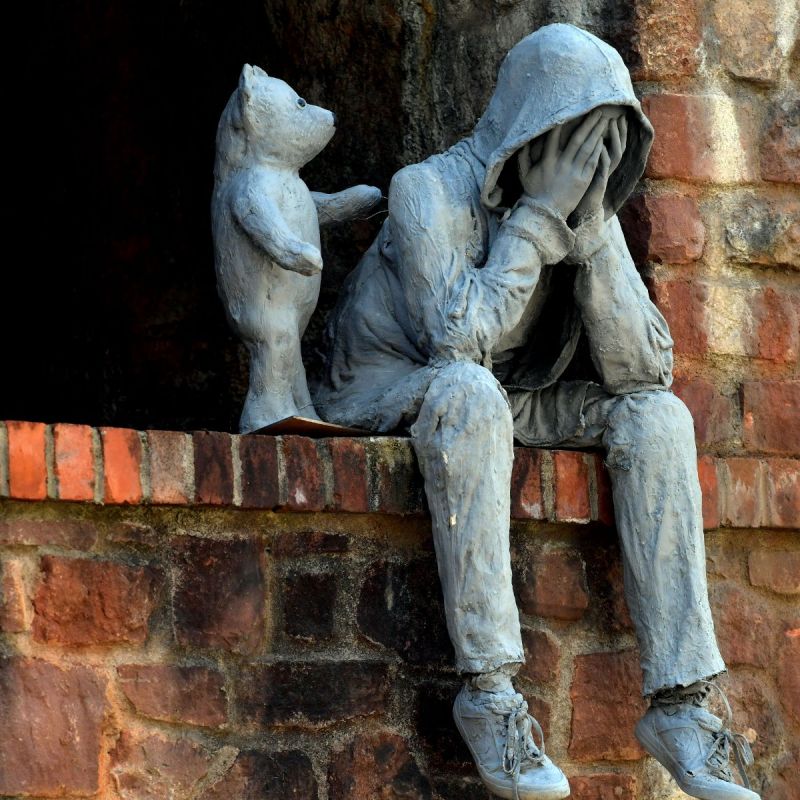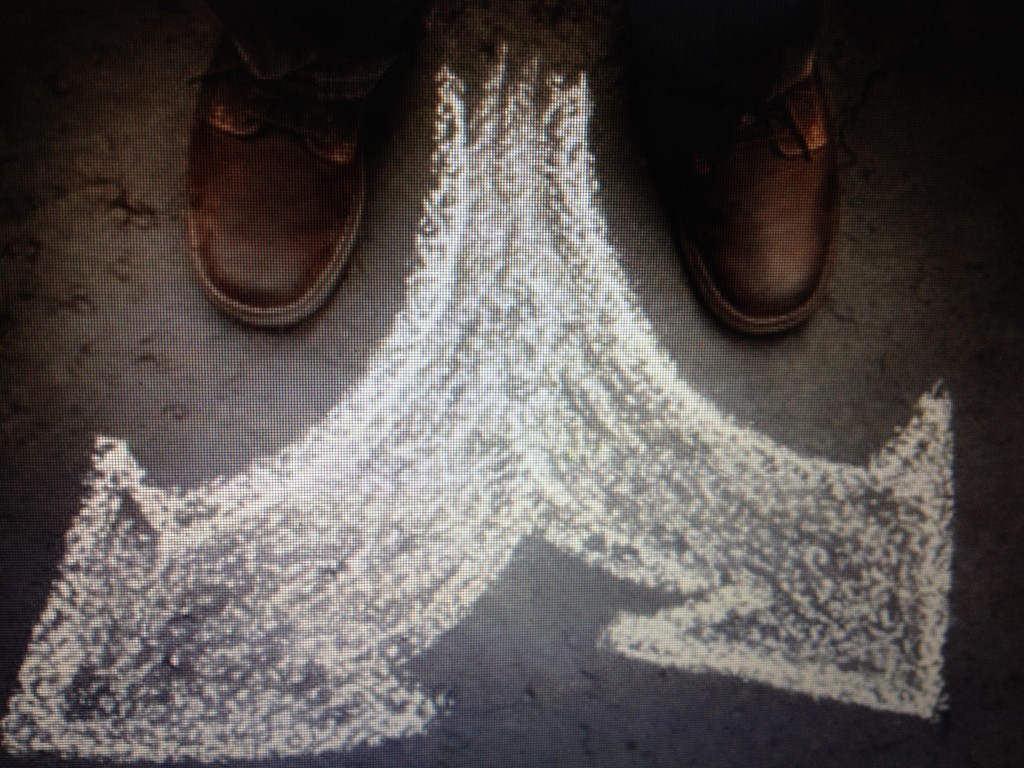
FAMILIAR. . . ?
Sometimes some of the worst care
is the lack we give
O U R S E L V E S. . .
Being A Caring Catalyst to Others
begins with being
A Caring Catalyst
to Ourselves
IT IS THIS SIMPLE:
We do the best we can with what we know at the time. . .
It is VERY unloving to expect more;
We often were not given the knowledge
or the tools while we were young. . .
Pssssssssssssssssssssssssssssssssssssssssssssssssssssst:
Life is about learning.
Sometimes that learning can be painful.
Our challenge is that once we have learned the lesson
that we do not continue to repeat it. . .
For many of us, however,
we may have to go around the track a few times
before we are able to count it as a
m i l e. . .
Uhhhhhhhhhhhhhhhhhhhhhhhhhhhhhhhhhhh
There is no finish line
(PERIOD)
There is no competition
(PERIOD)
Self forgiveness is necessary on a daily basis
and SELF-LOVE even more needed
(MORE OFTEN)
in order to bring Compassion Care. . .
BEING A CARING CATALYST
means acknowledging
YOU DID THE BEST YOU COULD
. . .Now let it go

